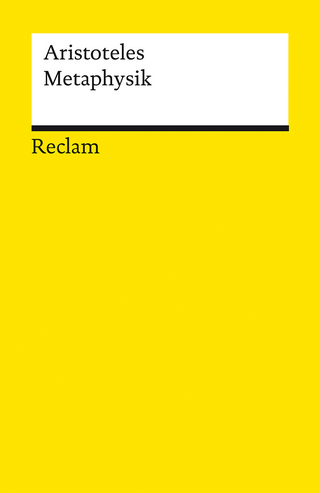
Paleoaesthetics and the Practice of Paleontology
Seiten
2019
Cambridge University Press (Verlag)
978-1-108-72782-2 (ISBN)
Cambridge University Press (Verlag)
978-1-108-72782-2 (ISBN)
This Element argues that knowledge of something's history makes a difference to how we engage with it aesthetically. This means that investigation of the deep past can contribute to aesthetic aims. Aesthetic engagement with fossils and landscapes is also crucial to explaining paleontology's epistemic successes.
The practice of paleontology has an aesthetic as well as an epistemic dimension. Paleontology has distinctively aesthetic aims, such as cultivating sense of place and developing a better aesthetic appreciation of fossils. Scientific cognitivists in environmental aesthetics argue that scientific knowledge deepens and enhances our appreciation of nature. Drawing on that tradition, this Element argues that knowledge of something's history makes a difference to how we engage with it aesthetically. This means that investigation of the deep past can contribute to aesthetic aims. Aesthetic engagement with fossils and landscapes is also crucial to explaining paleontology's epistemic successes.
The practice of paleontology has an aesthetic as well as an epistemic dimension. Paleontology has distinctively aesthetic aims, such as cultivating sense of place and developing a better aesthetic appreciation of fossils. Scientific cognitivists in environmental aesthetics argue that scientific knowledge deepens and enhances our appreciation of nature. Drawing on that tradition, this Element argues that knowledge of something's history makes a difference to how we engage with it aesthetically. This means that investigation of the deep past can contribute to aesthetic aims. Aesthetic engagement with fossils and landscapes is also crucial to explaining paleontology's epistemic successes.
1. Introduction; 2. Paleoaesthetics; 3. Historical cognitivism; 4. Aesthetic-epistemic feedback effects; 5. Functional morphology as aesthetic engagement; 6. Explaining historical scientific success; 7. Fossils as epistemic tools and aesthetic things; 8. The dinosaur phylogeny debate; 9. Why are dinosaurs always fighting?; 10. Conclusion.
| Erscheinungsdatum | 17.10.2019 |
|---|---|
| Reihe/Serie | Elements in the Philosophy of Biology |
| Zusatzinfo | Worked examples or Exercises; 10 Halftones, black and white; 3 Line drawings, black and white |
| Verlagsort | Cambridge |
| Sprache | englisch |
| Maße | 150 x 228 mm |
| Gewicht | 400 g |
| Themenwelt | Geisteswissenschaften ► Geschichte |
| Geisteswissenschaften ► Philosophie ► Metaphysik / Ontologie | |
| Naturwissenschaften ► Geowissenschaften ► Mineralogie / Paläontologie | |
| ISBN-10 | 1-108-72782-4 / 1108727824 |
| ISBN-13 | 978-1-108-72782-2 / 9781108727822 |
| Zustand | Neuware |
| Haben Sie eine Frage zum Produkt? |
Mehr entdecken
aus dem Bereich
aus dem Bereich
Buch | Hardcover (2024)
Matthes & Seitz (Verlag)
28,00 €
Über konstruktivistisches Denken in der Theologie
Buch | Softcover (2024)
Verlag Herder
58,00 €


